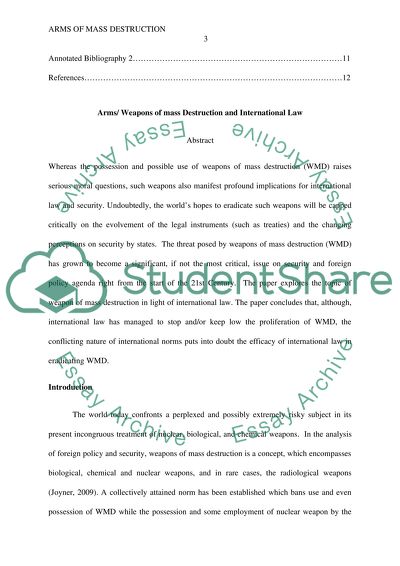Cite this document
(“Arms of mass Destruction and International Law Term Paper”, n.d.)
Arms of mass Destruction and International Law Term Paper. Retrieved from https://studentshare.org/history/1606863-arms-of-mass-destruction-and-international-law
Arms of mass Destruction and International Law Term Paper. Retrieved from https://studentshare.org/history/1606863-arms-of-mass-destruction-and-international-law
(Arms of Mass Destruction and International Law Term Paper)
Arms of Mass Destruction and International Law Term Paper. https://studentshare.org/history/1606863-arms-of-mass-destruction-and-international-law.
Arms of Mass Destruction and International Law Term Paper. https://studentshare.org/history/1606863-arms-of-mass-destruction-and-international-law.
“Arms of Mass Destruction and International Law Term Paper”, n.d. https://studentshare.org/history/1606863-arms-of-mass-destruction-and-international-law.


